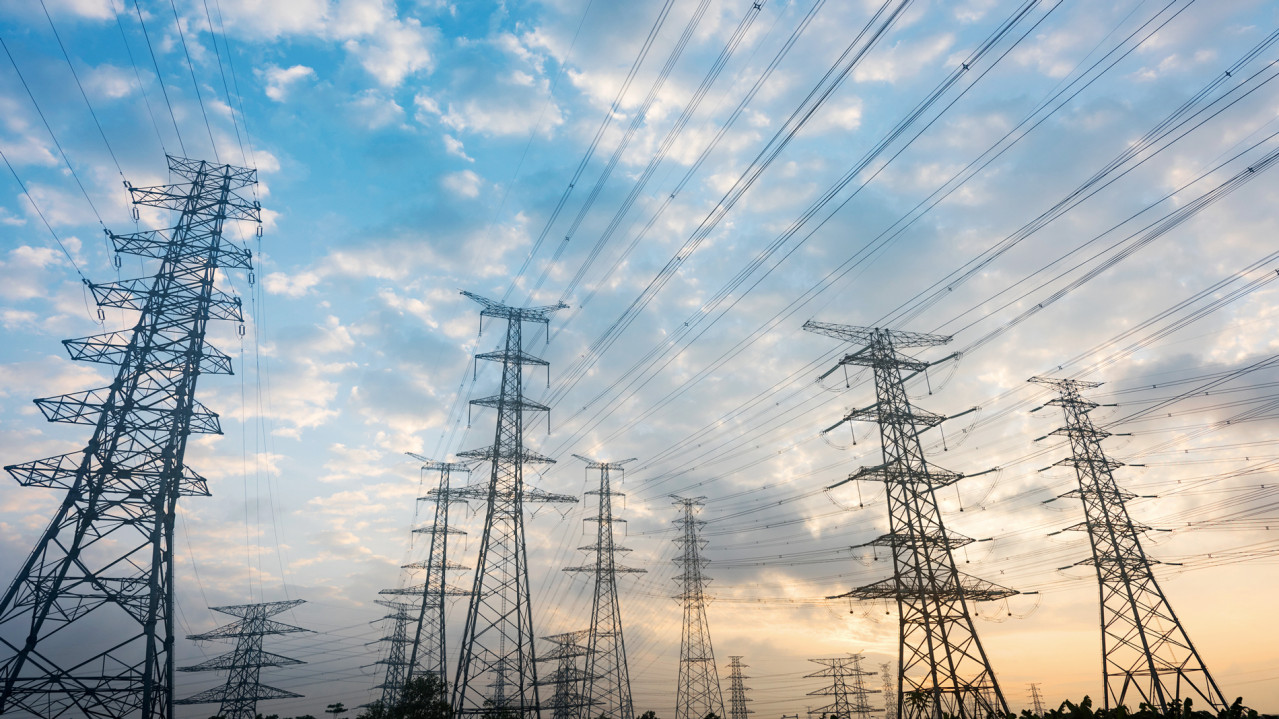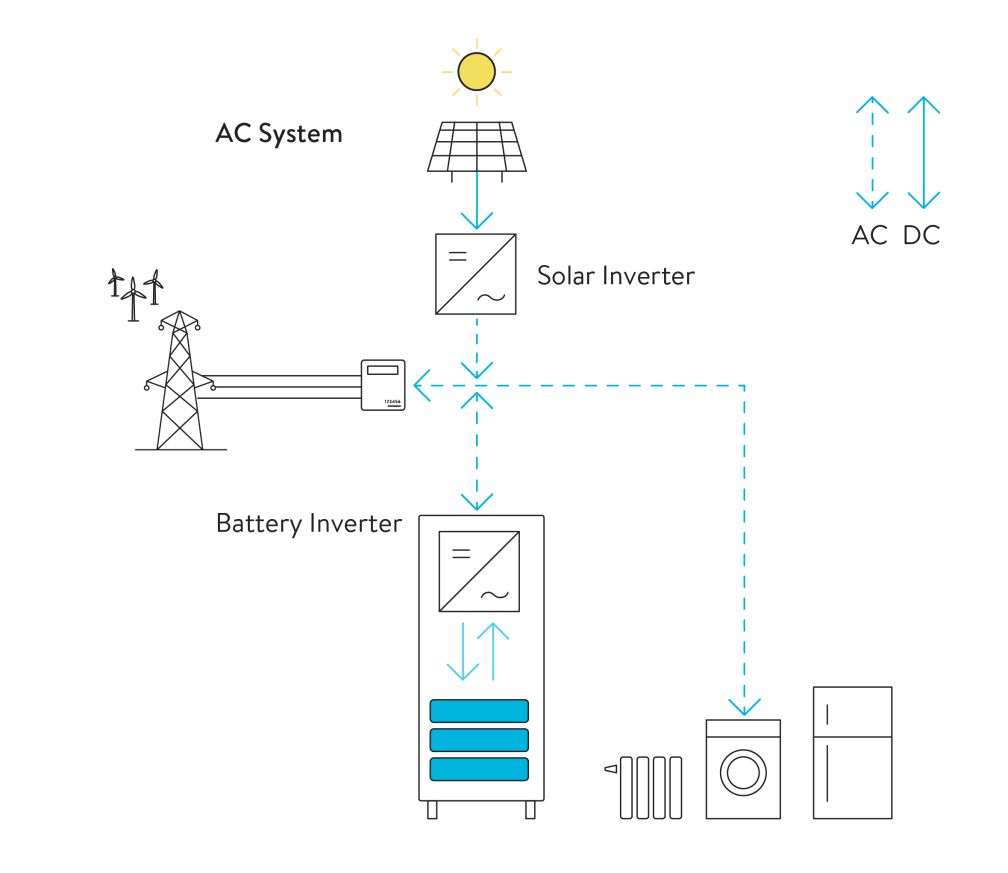
Blackout protection – What is it & why does it matter?
‘Power outages’, more commonly known as ‘blackouts’, occur when there’s a total loss of electricity, usually to a localised area (though they can be widespread) and are caused by a range of factors, including storms and floods, heatwaves and bushfires, fallen trees and car accidents. With energy uncertainty on the rise due to the ongoing energy crisis, it’s little wonder solar batteries with blackout protection are rapidly gaining popularity, making this an important consideration when buying a home solar battery.
‘Power outages’, more commonly known as ‘blackouts’, occur when there’s a total loss of electricity, usually to a localised area (though they can be widespread) and are caused by a range of factors, including storms and floods, heatwaves and bushfires, fallen trees and car accidents. Additionally, with domestic and industrial electricity demand increasing and coal-fired generators closing, Australians are at increased risk of ‘rolling blackouts’, which are outages that occur when electricity demand exceeds the network’s power supply capability. Although blackouts are unavoidable, there are solutions that households with solar batteries can take, like investing in blackout protection devices.
To continue working in the event of a blackout, some home batteries feature backup power, while others are easily fitted with an add-on device – the sonnenBatterie Evo has 5kW backup power built-in, while the sonnenBatterie hybrid 9.53 can be supplemented with the sonnenProtect 2500. With energy uncertainty on the rise due to the ongoing energy crisis, it’s little wonder solar batteries with blackout protection are rapidly gaining popularity, making this an important consideration when buying a home solar battery.
How Australia’s grid system increases our exposure to blackouts
Australia’s national electrical grid system (which includes all states and territories except for Western Australia and the Northern Territory) is temperamental and outages are increasingly common, with some areas hit harder than others. In a recent annual study, The Australian Energy Market Operator (AEMO) indicated that Victoria and South Australia would be the hardest hit in 2023-2024¹, however, it’s expected all states and territories will experience less energy reliability over the next few years.
AEMO has also stated that more investment in the national grid is needed to minimise the impact of rolling blackouts due to coal-fired plants and gas-powered generators being impacted by external events, such as coal supply shortages and escalating gas prices. Additionally, some of Australia’s coal-fired power generators, like the Liddell Power Station in the Hunter region, are now over 50 years old and haven’t been replaced early enough by solar, wind and other renewables. Switching to renewable energy will drive down energy costs and lower prices, but at present, the amount produced can’t meet the demand. The impact on energy reliability is compounded further by additional factors, notably the international energy crisis and local industrial sites increasing output.
What is a solar battery?
A home solar battery, like the sonnenBatterie, is an energy storage system that stores the energy a rooftop solar PV system produces for use later. As solar panels produce energy during sunlight hours, a battery is combined with a rooftop solar PV system to optimise the household’s energy usage and reduce reliance on grid electricity. To create a ‘hybrid’ system, which is the most common option, the battery storage unit is combined with the other primary components required to produce and store clean and renewable solar energy at home – an inverter, charger and solar panels.
How do solar batteries work?
Solar batteries work together with the other components in the system to store solar energy. The solar panels capture sunlight and, through the photovoltaic (PV) effect process, convert it into ‘DC’ electricity. The inverter converts this into ‘AC’ electricity, which is used to power household appliances and lighting, with the excess stored in the battery storage unit for later use. This enables households to use the excess energy at night, on cloudy days or at any time the panels aren’t generating electricity – such as in the event of a blackout. However, the battery needs backup power or blackout protection to continue powering appliances and lighting during a power outage.

Along with keeping appliances and lighting on during a power outage – and as mentioned, we can expect to experience rolling blackouts more frequently – home batteries deliver numerous benefits. These include, but aren’t limited to, setting households up for an energy-independent future, which is an important consideration for many Australian households in an era of rising energy prices. While we’re not yet at the stage where most households can completely disconnect from the grid, we can enjoy lower electricity bills and greater energy security with a home solar battery. Additional benefits that have helped to increase the pace of battery installations include reducing our carbon footprint and helping to stabilise the grid by joining a virtual power plant (VPP).
How to use solar panels during a power outage
By law, and for safety and technical reasons, solar inverters don’t work during a blackout. This is so the energy that solar panels produce can’t be fed back into the grid while the local energy provider (who needs to know when and where the electricity is flowing) carries out repairs. If a rooftop solar PV system is generating a current that sends electricity into the lines, this poses a risk to the team members who are working to fix the problem. As such, to use the energy your panels produce during a blackout, you need a solar battery. However, when exploring your options, it’s important to be aware that, unlike sonnenBatteries, not all solar batteries offer backup power or blackout protection.
How long do solar batteries last during power outages?
If you’ve invested in solar panels and a home battery system, like the sonnenBatterie hybrid 9.53 or sonnenBatterie Evo, depending on how much power your household consumes and the weather – obviously, no sun means no solar power – you can keep using your essential appliances even during a blackout. As there are some important considerations to take note of here, discuss this issue with your installer to make an informed decision about the home solar battery that you invest in.
sonnenProtect – What it is and why it’s beneficial
sonnenProtect supplies important appliances with the stored energy in sonnenBatterie, recharges during a blackout and can supply dedicated circuits. This small add-on component is an optional accessory that can be installed with the sonnenBatterie hybrid 9.53 to provide an off-grid emergency electricity supply in the event of a power outage. It operates in real-time and provides an emergency power supply by detecting electricity outages and automatically switching to the power stored in your sonnenBatterie, providing power for lighting and small appliances up to a 2.5kW load total limit.
This means you can power a range of small to medium-sized appliances in the event of a blackout, including a fridge or freezer to prevent food from spoiling, fans and energy-efficient coolers and heaters, laptop computers and handheld device chargers, lamps, lighting and other small devices.
Explore the sonnenBatterie range
Discover the benefits of the sonnenBatterie hybrid 9.53 and sonnenBatterie Evo, and contact a sonnen expert for information and advice. With in-house training and accreditation, a certified sonnen installer can help you make informed decisions about solar battery and blackout protection solutions that will cover your household in the event of a power outage while also helping to reduce reliance on grid electricity in an era of escalating energy prices and energy uncertainty.







